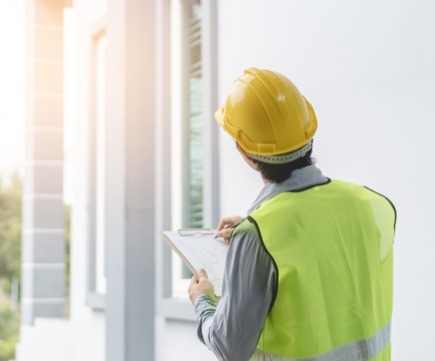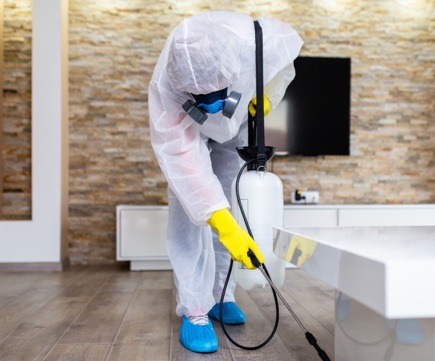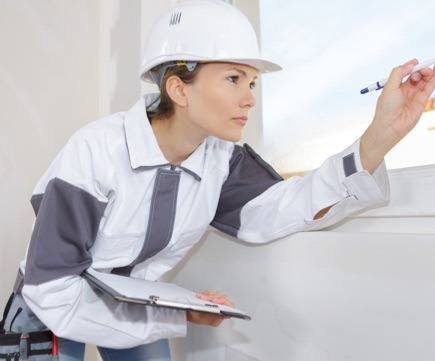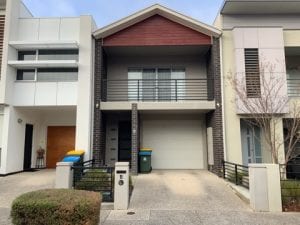So you may have seen it on a building report, or heard about it in property buying horror stories, but what exactly is rising dampness? Here, we’ll tell you what it is, what to look for and the consequences rising dampness can have on a property.
The definition
Rising dampness – sometimes referred to as rising damp or structural dampness – is the presence of unwanted moisture that rises through the floors and walls of a property.
Bricks and mortar can be quite porous, so they can soak up groundwater and cause it to travel upwards throughout the home. Often, this dampness doesn’t reach the full height of the building as gravity does its work. However, some moisture will also be evaporated into the property, which causes a whole new array of problems for owners.
What causes it?
This is commonly a fault in the structural integrity of the home where waterproofing has not been carried out properly. However, damage to gutters and piping may also be contributing factors to unwanted dampness. When assessing the cause, you may also need to consider changing environmental factors where your structure is struggling to cope with these new conditions.
What symptoms should I be looking for?
There are number of warning signs you should look for when assessing whether water is an issue at your home.
Smells – damp, musty smells are a sign there may be issues lurking somewhere in your space.
Touch – feel the wall, you may feel a drop in temperature as you move your hand closer to the floor.
Rot – rotting timber is a bad sign and should lead you to inspect further.
Plaster damage – if the plaster is crumbling or blistering it may be due to the salt deposits.
Walls – you may notice tide marks where the moisture stops on the walls.
Skirting boards – check for boards that are obviously damaged.
Mould
The damage to your home could be devastating
By the warning signs alone, you could imagine the type of destruction this problem can have on your home. Floors may rot, wallpaper and plaster will be damaged. It can also cause issues with decorations and furniture. So, the sooner you recognise and address the issue, the less likely it is you will need to undergo significant repairs and replacements throughout your home.
If left for extended periods of time, the salt deposits can cause significant damage. Simply replacing the plaster at this point may not be enough to reverse the negative effects. So, quick action is essential.
If you’re unsure if rising dampness is an issue for your property, or a property you are thinking of purchasing, it’s always a good idea to get a professional opinion. Getting the experts in will ensure the problem is correctly identified and the right course of action is taken to rectify any issues.
For more information about Building Inspections Adelaide you can call us at 1300 155 688.






